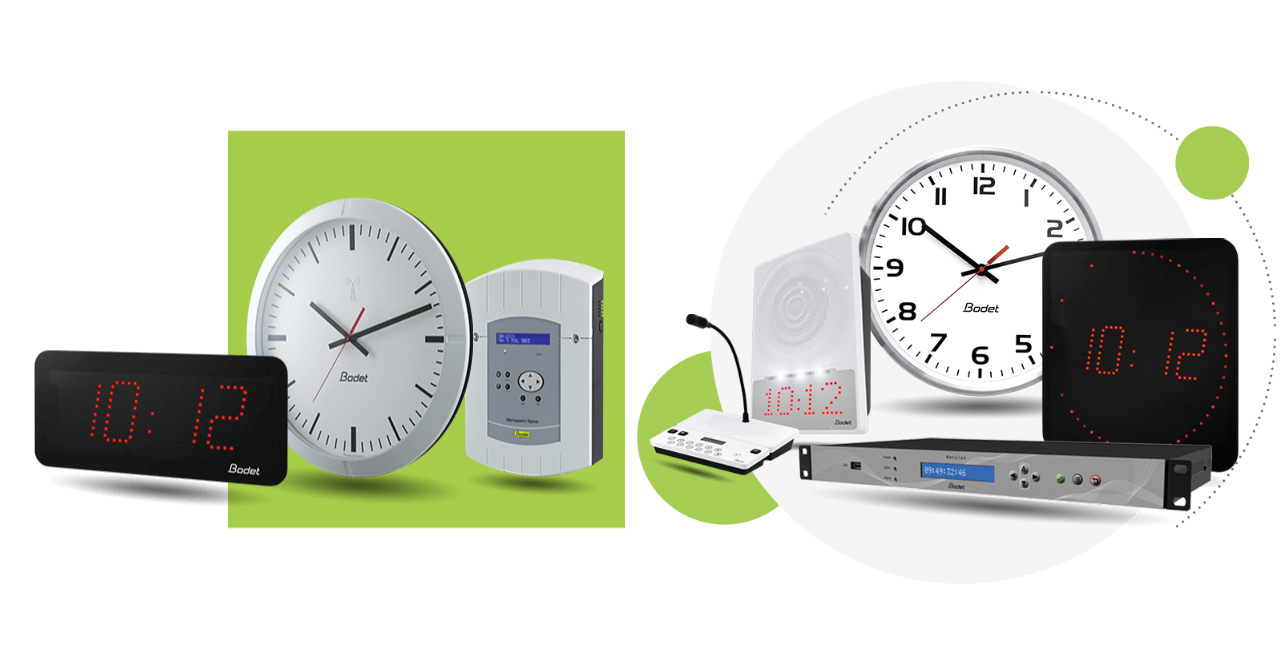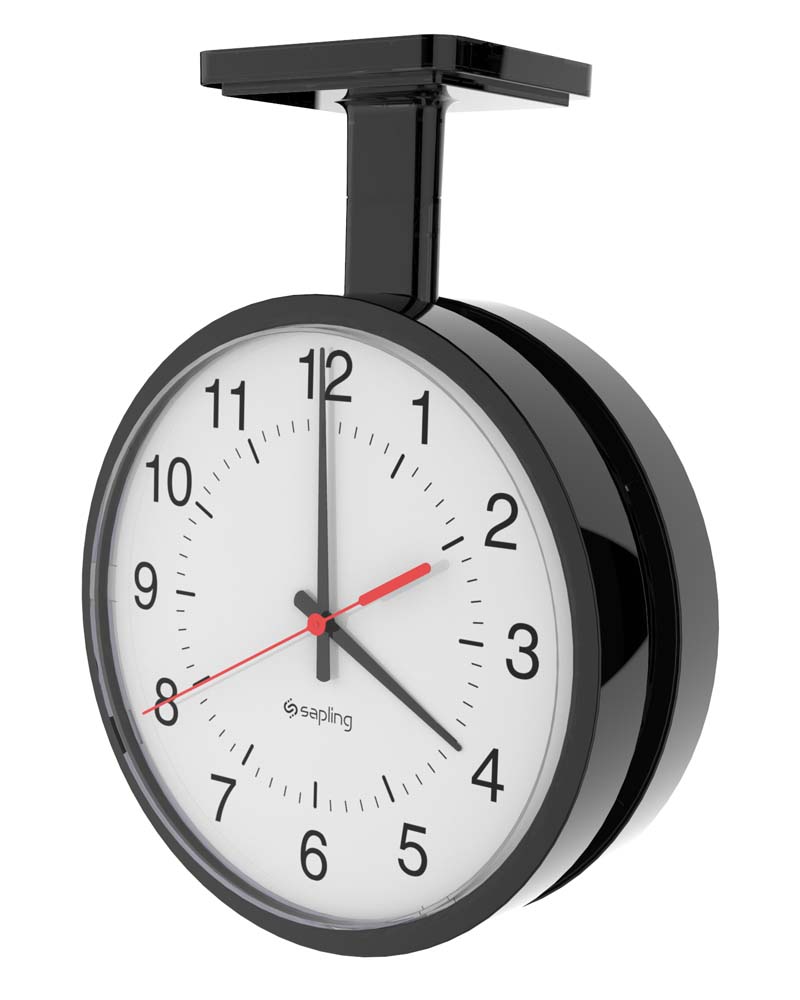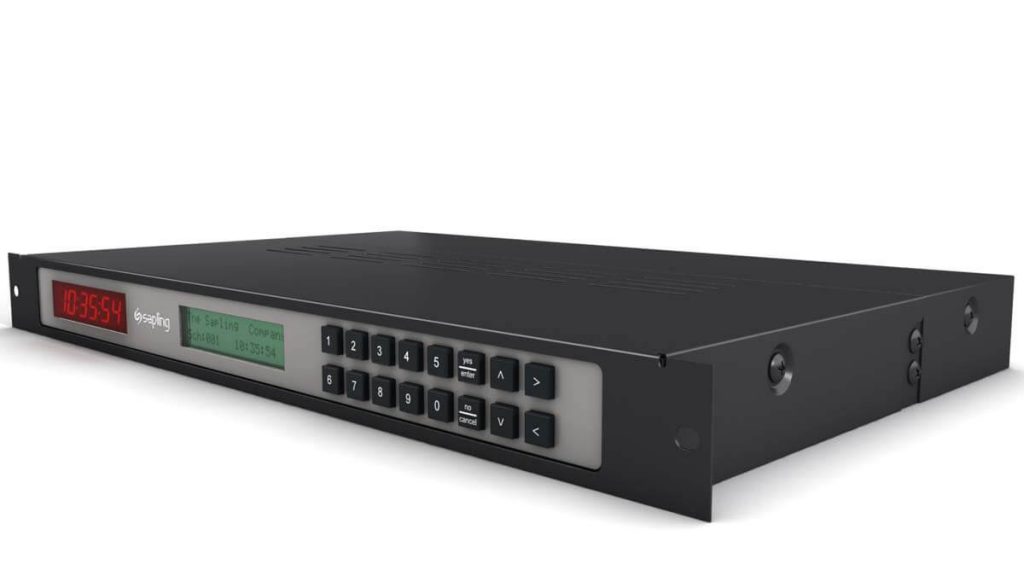When it comes to critical operations whether in defense, public safety, telecommunications, or infrastructure, accurate, reliable time synchronization is non-negotiable. Over the decades, one name has stood out as a leader in this space: Spectracom.
Founded in 1972 with a focus on delivering secure and resilient timekeeping systems, Spectracom was bought by Orolia in 2007, operated as “Spectracom, an Orolia company” for over a decade, and eventually had its name folded fully into Orolia’s global brand, expanding its reach and capabilities across global markets. Known for innovation in precise positioning, navigation, and timing (PNT), Orolia became a trusted provider of solutions that help keep vital systems in sync, even in the most challenging environments.
The Spectracom NetClock 9300 and 9400 Series served as reliable GPS-based network time servers designed to deliver accurate, traceable time synchronization across critical systems. They were widely used in public safety, military, broadcasting, and infrastructure environments where precise timing was essential. Supporting both Network Time Protocol (NTP) and Precision Time Protocol (PTP/IEEE 1588), the 9400 Series helped organizations meet compliance standards such as CJIS and NENA, while ensuring seamless communication and event coordination.

Known for its resilience and security, the 9483 Netclock featured multiple time input options including GNSS, IRIG, and external NTP to maintain accurate synchronization even in GPS-denied environments. It also offered secure management interfaces, hardware-level protections, and detailed system logging to support cybersecurity best practices. While the 9483 has been a trusted solution for decades, it officially entered End of Life (EOL), with support ending in 2028, marking the end of its lifecycle as users begin transitioning to next-generation timing solutions.
This journey took a major step forward when Safran, a global leader in aerospace and defense technologies, acquired Orolia in 2022 bringing together unmatched expertise in PNT and mission-critical solutions.

The SecureSync 1200 Series was introduced in 2009 as a compact, flexible network time server designed for environments that required precise, secure, and reliable time synchronization. Built on Orolia’s trusted timing technology, the 1200 Series offered modular configuration options, allowing users to tailor the system to specific needs whether for GNSS-based timing, IRIG, or additional network ports.
Its robust design and cybersecurity features made it a dependable solution for defense, telecommunications, and critical infrastructure, where accurate timekeeping supports both operational integrity and regulatory compliance. The SecureSync 1200 is now at end of sale, with end-of-life scheduled for the end of 2028.

Building on the strengths of its predecessor, the SecureSync 2400 represents the next generation in high-performance time and frequency distribution. Designed under Safran’s leadership, the 2400 offers enhanced scalability, greater processing power, and improved resiliency.
It supports a wide range of timing protocols—including NTP, PTP, IRIG, 1PPS, and GNSS and includes features such as redundant power supplies, increased port density, and improved network security tools. Ideal for mission-critical applications, the 2400 is engineered to operate in complex, modern network environments where precision timing is not only expected but essential.
If you are looking to upgrade your Spectracom 9483 Netclock or SecureSync 1200 and want to discuss your options and what is the best option for you, contact our sales team today for a free consultation and quote.



















